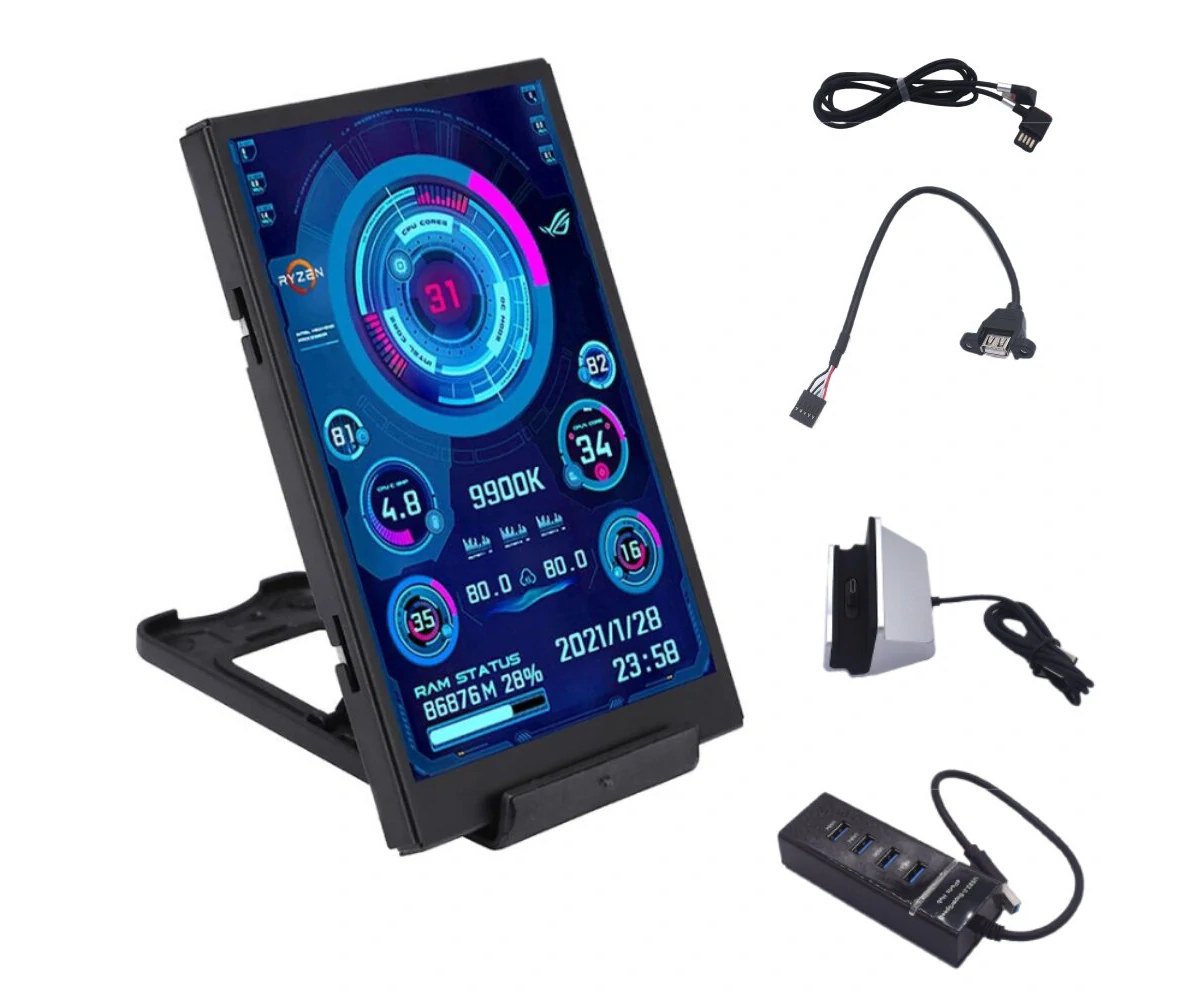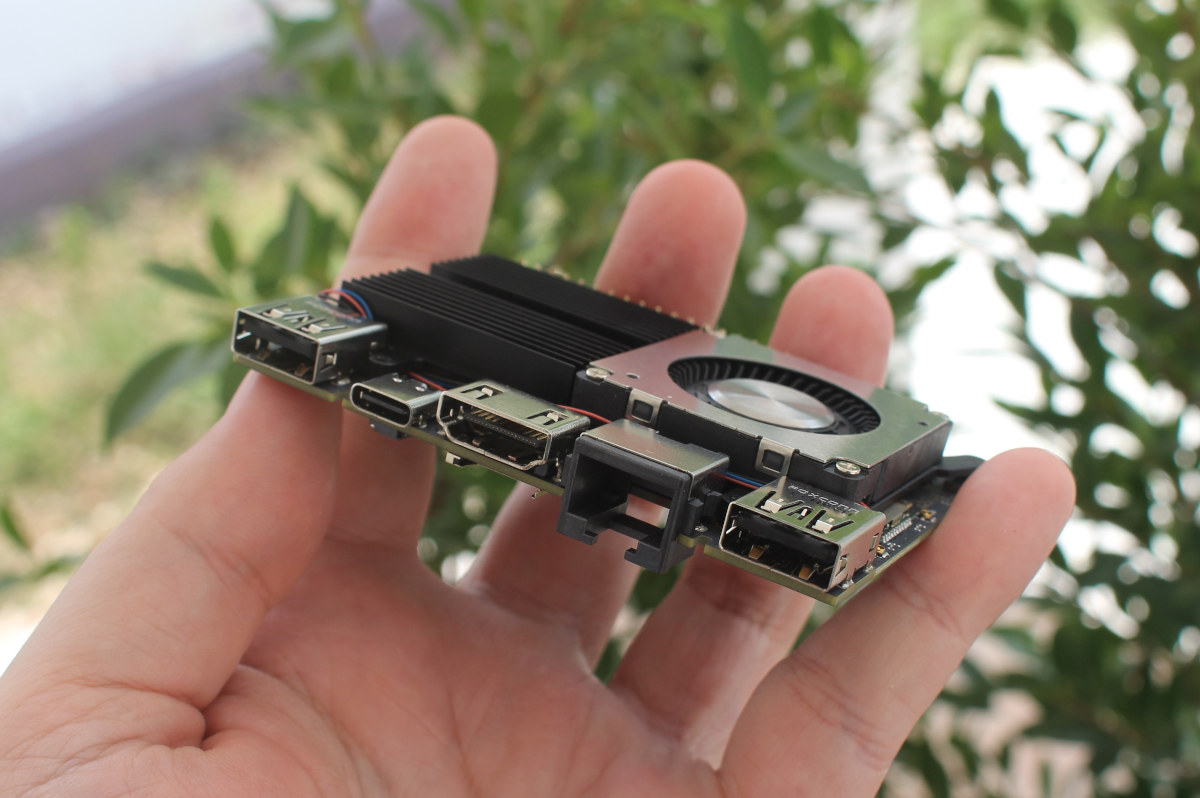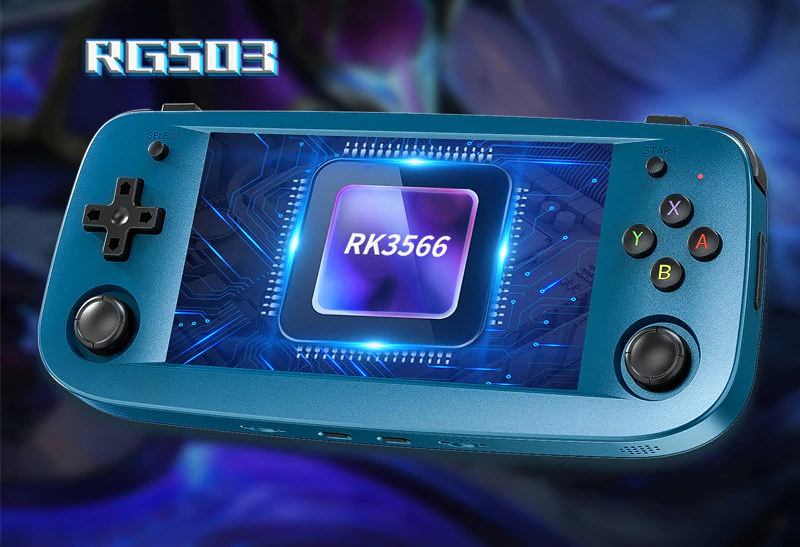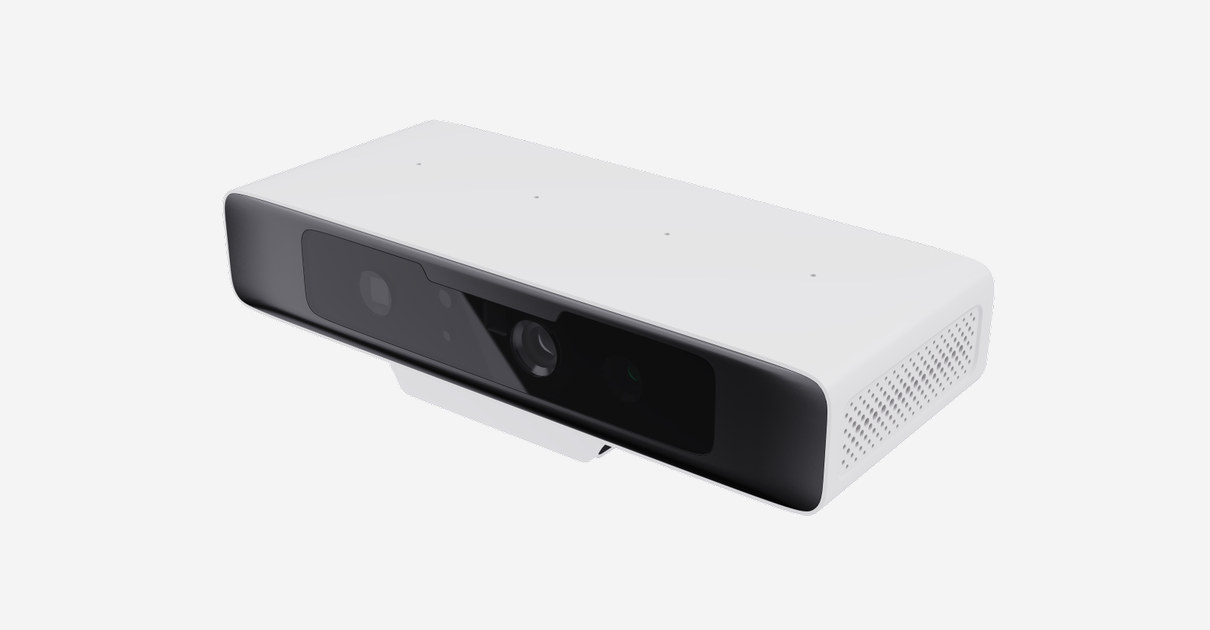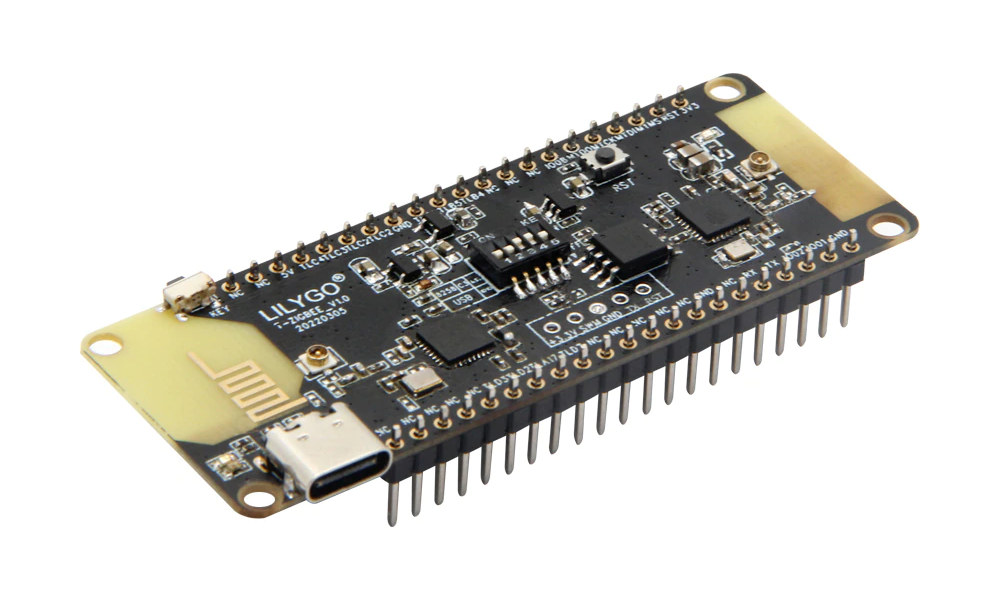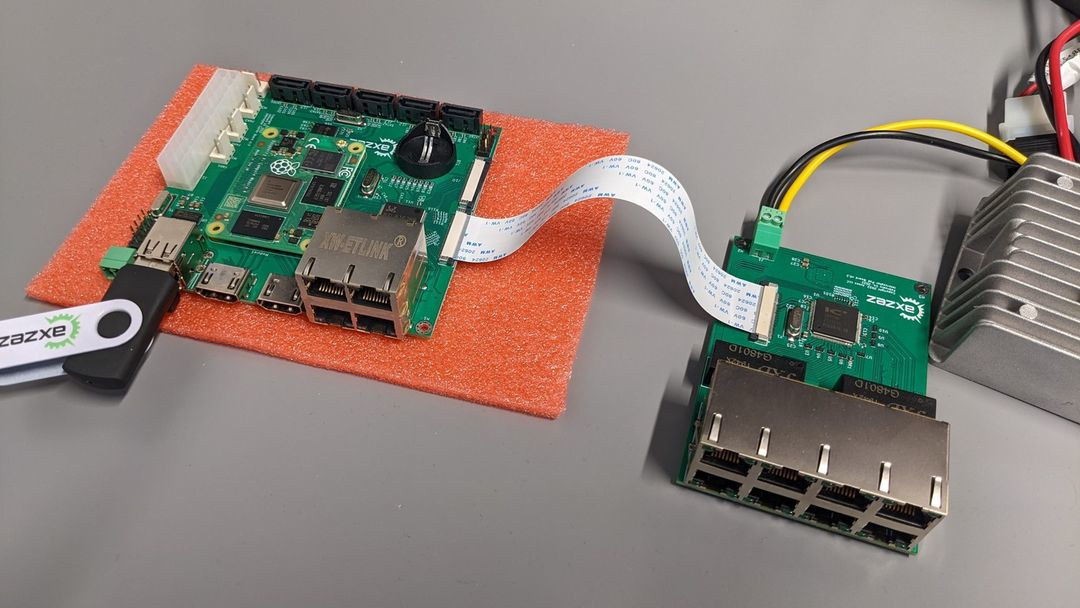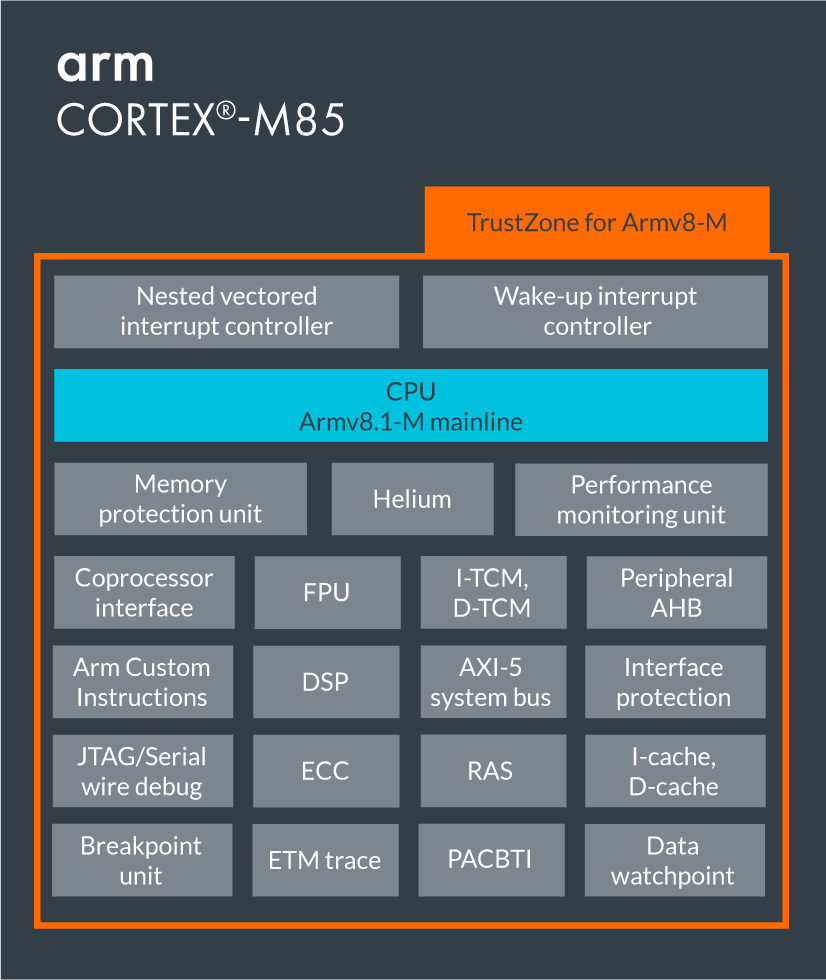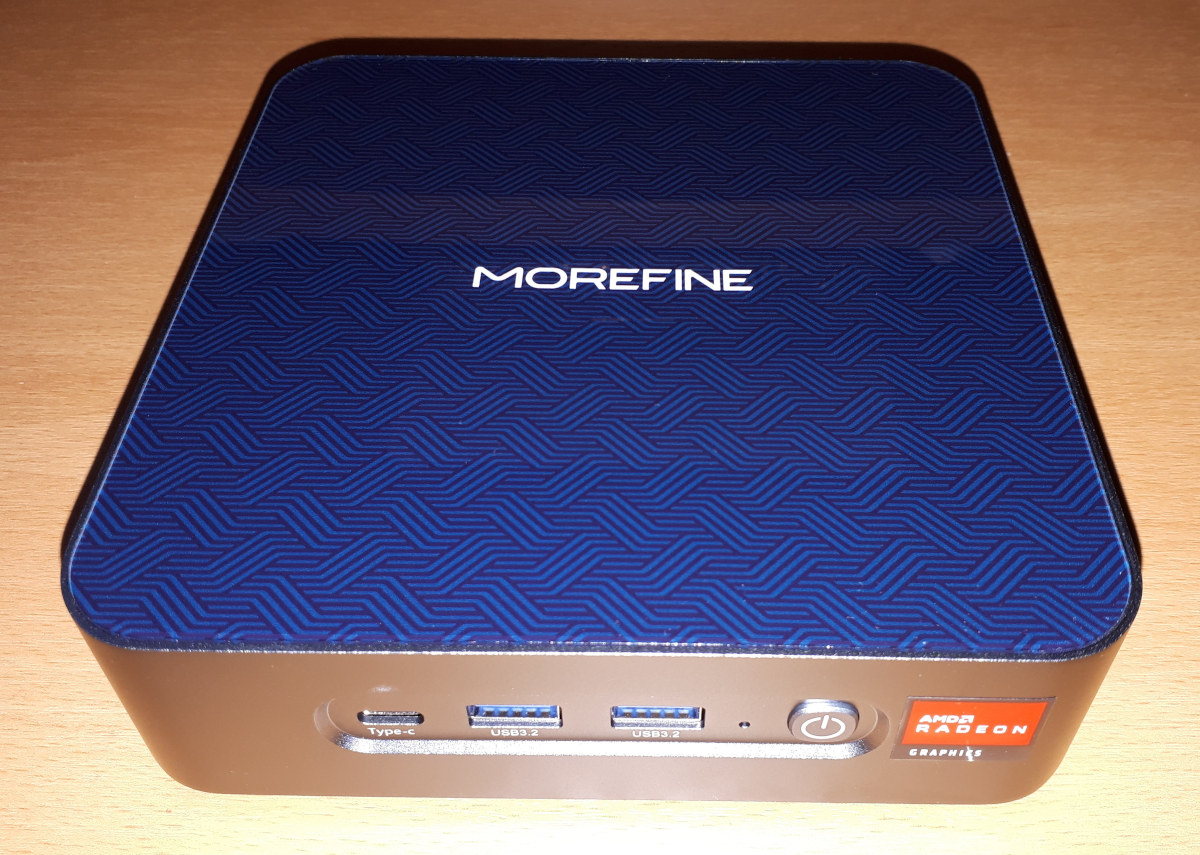“Turing Smart Screen” is a low-cost 3.5-inch USB-C display that connects to systems with a USB port, and works with Windows, Linux (including Raspberry Pi), MacOS, and other operating systems that support Python3. But contrary to my initial assumptions, it does not exactly act as a second monitor, and instead, it is an information display, originally designed to show resource utilization, e.g. CPU and memory usage, in Windows, and controlled through commands send to the USB port. Turing Smart Screen specifications: 3.5-inch IPS display with 480×320 resolution, portrait and landscape support MCU – WCH CH552T 8-bit E8051 core MCU for USB devices Host interface – USB Type-C interface Auto start on power on Dimensions Product: 85 x 55 x 8 mm Display area: 74 x 49 mm The manufacturer says it works with Windows only using its own software, and not AIDA64. The Windows software features functions to change the […]
Khadas VIM4 Review – Part 1: Unboxing, kit assembly, and first boot with OOWOW
Khadas VIM4 is a compact Amlogic A311D2 octa-core Cortex-A73/A53 SBC with 8GB RAM, HDMI input and output, WiFI 6 connectivity, and more. You can check our earlier post for the full specifications. The good news is that it will officially launch on May 10. I’ve also just received a Khadas VIM4 review sample today together with accessories. Today, I’ll start by checking out the board, assembling the kit, and trying out OOWOW services to boot OS from the cloud, before testing available operating systems in more detail in the second part of Khadas VIM4 review a little later. Khadas VIM4 kit unboxing I received everything in a blank cardboard package with several small packages inside. Besides Khadas VIM4 SBC, we’ve got a plastic + metal enclosure with screws and screwdriver, two antennas for WiFi and Bluetooth, a USB Type-C power supply, a USB-C cable, an M.2 expansion board, a short […]
Rockchip RK3566 SoC gets into $150 Anbernic RG503 gaming handheld with OLED display
Rockchip RK3566 processor is designed for AIoT applications like NVR systems, but we’ve seen it integrated into mini PCs, TV boxes, and now a gaming handheld with the Anbernic RG503 equipped with a 4.95-inch OLED display. The portable gaming console also includes 1GB LPDDR4 and 16GB storage, plus an optional 64GB microSD card with 4193 games, all the buttons you’d expect from a gaming handheld, plus micro HDMI output for connection to a larger screen. Anbernic RG503 specifications: SoC – Rockchip RK3566 quad-core Cortex-A55 processor @ 1.8 GHz with Arm Mali-G52 EE GPU, 0.8 TOPS NPU/AI accelerator System Memory- 1GB LPDDR4 Storage 16GB microSD card Optional 64GB microSD card with 4193 games Display – 4.95-inch OLED display with 960×544 resolution (non-touch) Video Output – Micro HDMI 2.0a up to 4Kp60 Audio – Dual stereo speakers, 3.5mm audio jack Connectivity – Dual-band 802.11 a/b/g/n/ac WiFi 5 and Bluetooth 4.2 (e.g. for […]
Orbbec Persee+ 3D AI camera runs Ubuntu or Android on Amlogic A311D processor
Orbbec Persee+ is a 3D depth camera running Linux with AI capabilities thanks to Amlogic A311D hexa-core processor equipped with a 5 TOPS NPU (Neural-network Processing Unit). The Persee+ is designed to help researchers, engineers, and hobbyists implement advanced uses for 3D imaging. Orbbec has been around for several years with the first product we covered here being the Orbbec Persee 3D depth camera running Ubuntu or Android on Rockchip RK3288 processor and unveiled in 2015. Last year, the company introduced the Zora P1 Amlogic A311D development board for Orbbec 3D cameras, so in a way, the Orbbec Persee+ is born from the work done on the Persee camera and Zora P1 over the years. Orbbec Persee+ 3D AI camera specifications: SoC – Amlogic A311D hexa-core processor with 4x Cortex-A73 cores, 2x Cortex-A53 cores, Arm Mali-G52MP4 GPU, 5 TOPS NPU System Memory – 4GB RAM Storage – 8GB (specs) / […]
$10 T-Zigbee board combines ESP32-C3 and TLSR8258 for Zigbee 3.0, WIFi and BLE connectivity
LilyGO T-Zigbee board combines ESP32-C3 WiFi and BLE wireless microcontroller and Telink TLSR8258 multi-protocol wireless SoC compatible with BLE 5 Mesh, Zigbee, RF4CE, Thread, 6LoWPAN, HomeKit, ANT, and 2.4GHz proprietary standards. As I understand it, T-Zigbee is designed to act as a Zigbee to WiFi bridge, and is compatible with Zigbee2MQTT and Home Assistant, allowing easy integration into your home automation setup. Based on the hardware, I’d assume it may be usable as a BLE to MQTT gateway as well, in a fashion similar to GL.inet GL-S10 gateway, for people willing to work on the software/firmware. T-Zigbee specifications: Wireless MCUs Espressif Systems ESP32-C3 RISC-V processor with WiFi 4 and Bluetooth 5.0 LE connectivity Telink Semiconductors TLSR8258 (PDF product brief) Arm Cortex-M0 multiprotocol microcontroller @ 48 MHz with BLE 5 Mesh, Zigbee, RF4CE, Thread, 6LoWPAN, HomeKit, ANT, and 2.4GHz proprietary connectivity Antennas – 2x PCB antennas, 2x u.FL antenna connectors USB […]
Axzez Interceptor carrier board for RPi CM4 gets 8-port PoE+ board
The features-rich Axzez Interceptor carrier board for Raspberry Pi CM4 has gotten the Interceptor PoE board with eight PoE+ ports for connecting up to sixteen PoE IP cameras making it usable as a network video recorder. We first wrote about the Interceptor last January noting its impressive I/O capabilities with five SATA ports, four Gigabit Ethernet, two HDMI ports, RS-485 terminal block, and more. It also had two 40-pin FFC connectors “for future expansion”. Those connectors have now found a “meaning to life” with the Interceptor PoE board, as up to two can be connected to the FFC connectors. Some of the features of the new Interceptor PoE Board include: 8x fast PoE+ ethernet ports IEEE 802.3AF-2003 and 802.3AT-2009 compliance Each port has activity/link and status LEDs Input voltage range – 44-57V Optional 48V power boost that can support up to two Interceptor PoE+ boards (Powered from 12V ATX power […]
Arm Cortex-M85 is faster than Cortex-M7, offers higher ML performance than Cortex-M55
Arm has introduced a new MCU-class core with the Cortex-M85 core that offers higher integer performance than Cortex-M7, and higher machine learning performance compared to Cortex-M55 equipped with Helium instructions. The new Cortex-M85 core is designed for developers requiring increased performance for their Cortex-M powered products without going to Cortex-A cores, and instead, keeping important features such as determinism, short interrupt latencies, and advanced low-power management modes found in all Cortex-M cores. Arm Cortex-M85 key features and specifications: Architecture – Armv8.1-M Performance efficiency – 6.28 CoreMark/MHz and 3.13/4.52/8.76DMIPS/MHz (1. “ground rules” in the Dhrystone documentation, 2. inlining of functions, 3. simultaneous (”multi-file”) compilation). Bus interfaces AMBA 5 AXI 64-bit Main system bus (compatible with AXI4 IPs) AMBA 5 AHB 32-bit Peripheral bus AMBA 5 AHB 64-bit TCM Access bus (subordinate port) Pipeline – 7-stage (for main integer pipeline) Security Arm TrustZone technology PACBTI extension (Pointer Authentication, Branch Target Identification) helps […]
Morefine S500+ Review – An AMD Ryzen 7 5700U mini PC tested with Windows 11, Ubuntu 20.04
Morefine has recently released their S500+ series of mini PC series which features models with either a Zen 2 or Zen 3 AMD mobile processor. Morefine kindly sent one for review and I’ve looked at performance running both Windows and Ubuntu. Morefine S500+ Hardware Overview The S500+ physically consists of a 149 x 145 x 40mm (5.87 x 5.71 x 1.57 inches) square metal case with a plastic top. As an actively cooled mini PC, it is available with either an AMD Zen 2 or Zen 3 mobile processor. The review model came with AMD’s 7 nm Zen 2 Ryzen 7 5700U Lucienne processor which is an eight-core 16-thread 1.8 GHz mobile processor boosting to 4.3 GHz with Radeon Graphics. The front panel has a power button, a light to indicate power, two USB 3.1 ports, and a Type-C USB 3.1 port with Alternate Mode. The rear panel includes a […]


